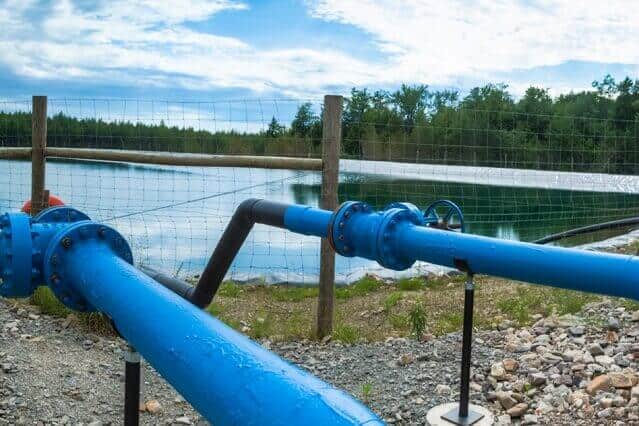In a study of nearly three million births over 13 years, Oregon State University researchers found that pregnant women living in close proximity to oil or gas drilling sites in Texas were more likely to have hypertension compared to those who lived farther away.
After accounting for other factors that influence high blood pressure, the results showed that pregnant women who lived within 1 kilometer of an active drilling site were 5% more likely to develop hypertension and 26% more likely to develop eclampsia, a more severe form of high blood pressure that can cause seizures and pose a serious risk to both mothers and infants.
These findings, published earlier this month in the International Journal of Epidemiology, align with a 2019 National Toxicology Program statement that air pollution is associated with an increased risk in hypertensive disorders.
“Oil and gas drilling produces air pollutions, so it made sense that we would find a similar increased risk near oil and gas sites,” said Mary Willis, lead author on the paper and a postdoctoral scholar in OSU’s College of Public Health and Human Sciences.
This was the first study to look specifically at the association between oil and gas drilling sites and hypertension during pregnancy. It examined birth certificates from more than 2.8 million babies born to mothers who lived less than 10 kilometers from an active or future drilling site in Texas during the years 1996-2009. Texas was chosen because it has the most oil and gas drilling activity of any state.
Birth certificates document risk factors experienced by the mother, including hypertension and eclampsia. The certificates included in the study did not record pre-eclampsia, a more common, milder form of eclampsia.
The increased odds of hypertension and eclampsia dissipated as mothers’ proximity lessened, with the effect dissipating entirely after 3 kilometers.
Nationwide, up to 8% of pregnancies are affected by hypertensive conditions and 16% of maternal deaths are attributed to complications arising from high blood pressure, the study authors note. Gestational hypertension may last for months after childbirth and costs the health care system over $1 billion annually.
In the U.S., an estimated 11.3 million people live within 1 km of a drilling site.
“In Texas, drilling sites can be as close as 45 meters from residences,” Willis said. “Most people think that no one lives near drilling, but there are large populations that live in close proximity to this industry. As the industry expands, this means that an increasing segment of the population may be vulnerable to drilling-related pollution.”
The study also accounted for the potential socioeconomic benefits of oil and gas drilling, which include more jobs and higher income for those living near a drilling site. These financial benefits may help mitigate some of the negative health effects of pollution associated with drilling sites, Willis said.
More research is needed to understand the precise relationship between oil and gas drilling sites and hypertensive disorders during pregnancy, Willis said. Drilling sites cause air pollution in the form of flaring and increased road traffic, along with water contamination and noise and light pollution. It’s unclear how those individual factors affect pregnancy, and at what point in the pregnancy mothers are most vulnerable.
Co-authors on the paper were Molly Kile and Perry Hystad in OSU’s College of Public Health and Human Sciences, Elaine Hill at the University of Rochester and Susan Carozza, recently retired from OSU.
If our reporting has informed or inspired you, please consider making a donation. Every contribution, no matter the size, empowers us to continue delivering accurate, engaging, and trustworthy science and medical news. Independent journalism requires time, effort, and resources—your support ensures we can keep uncovering the stories that matter most to you.
Join us in making knowledge accessible and impactful. Thank you for standing with us!

